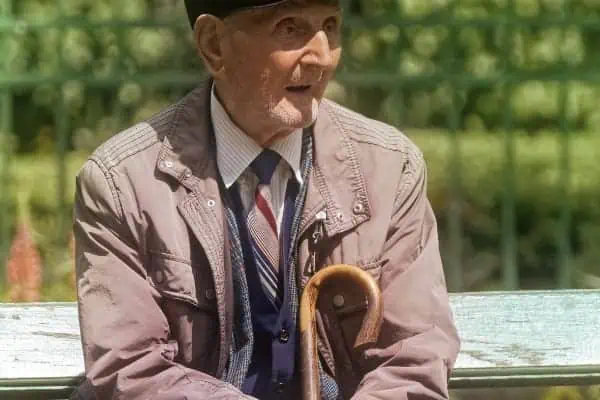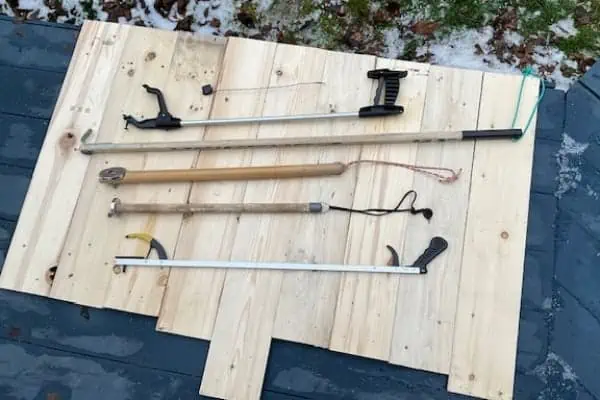Trappers and dog mushers have always slept out in the cold and with a few exceptions have done well. I got my start in occasionally sleeping outdoors in the winter in 1998 during a winter hunting season for bison. A lot of hard lessons were learned and planning and preparation swiftly became more important.
A few hardy types slept in unheated three or four season tents, while the majority of us camped in wall-tents with wood-stoves to keep the chill as low as possible.
The wall-tent stove traditionally keeps the tent either very hot or very cold, with little in between. Because of the extreme cold that sneaks into the tent when the fire dies, some thought needs to be put into what to wear to bed, the right sleeping bag and the right insulation from the ground beneath.
Wool itches too much for many of us to wear next to our skin, however Merino wool does not itch and being a natural material it sheds the perspiration from our body through evaporation. Silk is good for the same reason. Some of the manufactured materials work but the natural materials seem to be best.
Keep a pair of fresh wool socks to change into. A toque or balaclava will keep all that body heat from escaping from your head, which is usually outside the sleeping bag. If you go to bed chilled or have trouble keeping warm feet put an air actuated hand or foot warmer inside each sock. They stay warm for approximately six to eight hours, so that should get you through the night.
Sleeping bags can ice up due to warm, moist breath. Like it or not, you perspire and that puts moisture into the bag as well. Pound for pound, down is probably the best insulator but it is the loft (puffiness) of the down that keeps the heat in. After a couple of nights of absorbing moisture, the loft of a down bag can diminish visibly and affect how warm you are in the bag.
The manufactured fillers are somewhat bulkier and are not as likely to be affected by that level of moisture. With either bag they should be aired each morning to minimize dampness. A bag liner — often fleece — adds to bag warmth and is easier to air each morning. If you don’t have, or can’t afford, one of the high-tech bags you can improvise by using two lesser bags inside one another.
Whether you sleep on a cot or a bed on the floor, a closed cell (Ensolite) pad is essential. These pads do not allow the heat from your body, nor the cold from the ground or the air under the cot, to pass through the pad so the heat stays put.
Where possible, camp with an older person who has to answer nature’s call a few times during the night. While they are up they can stoke the fire.




